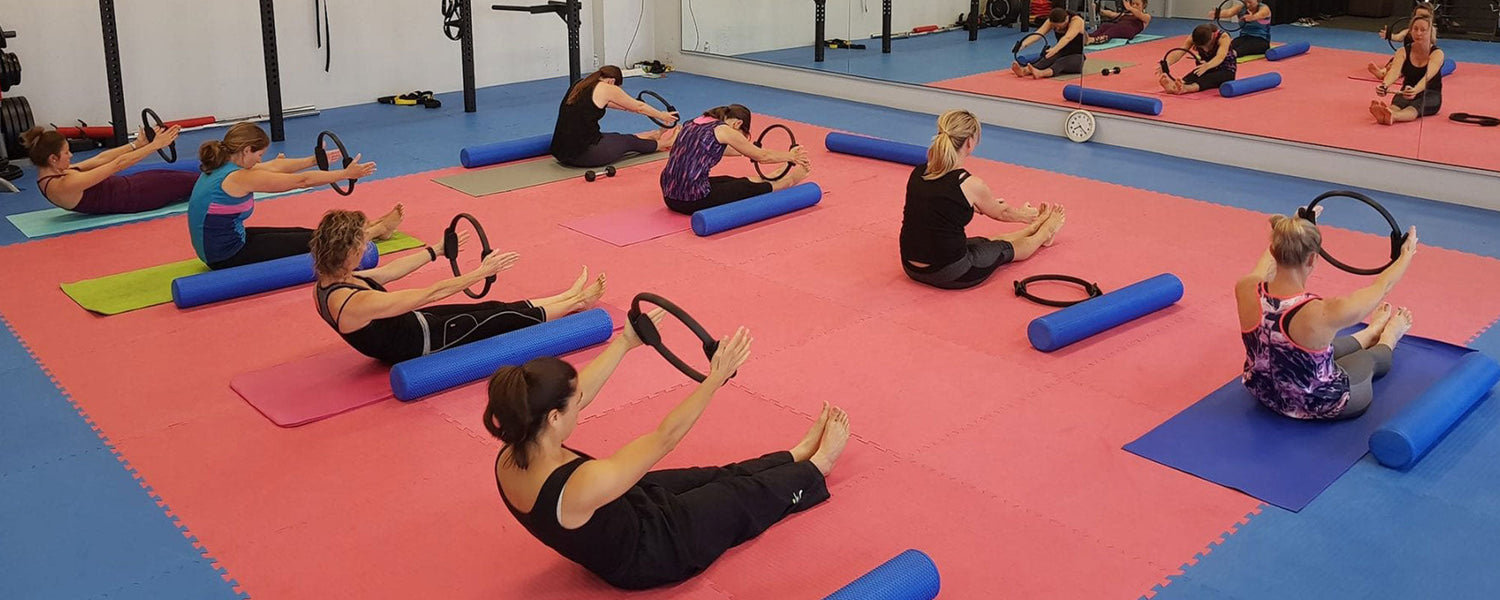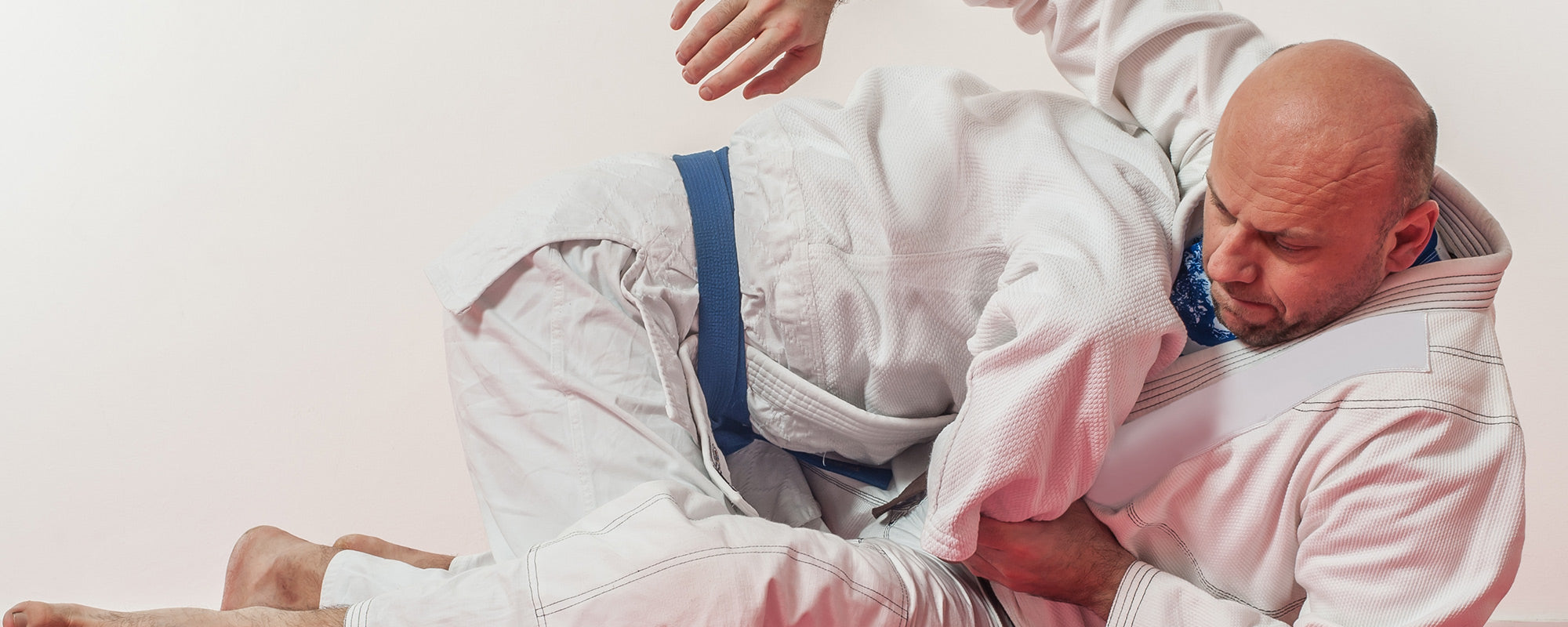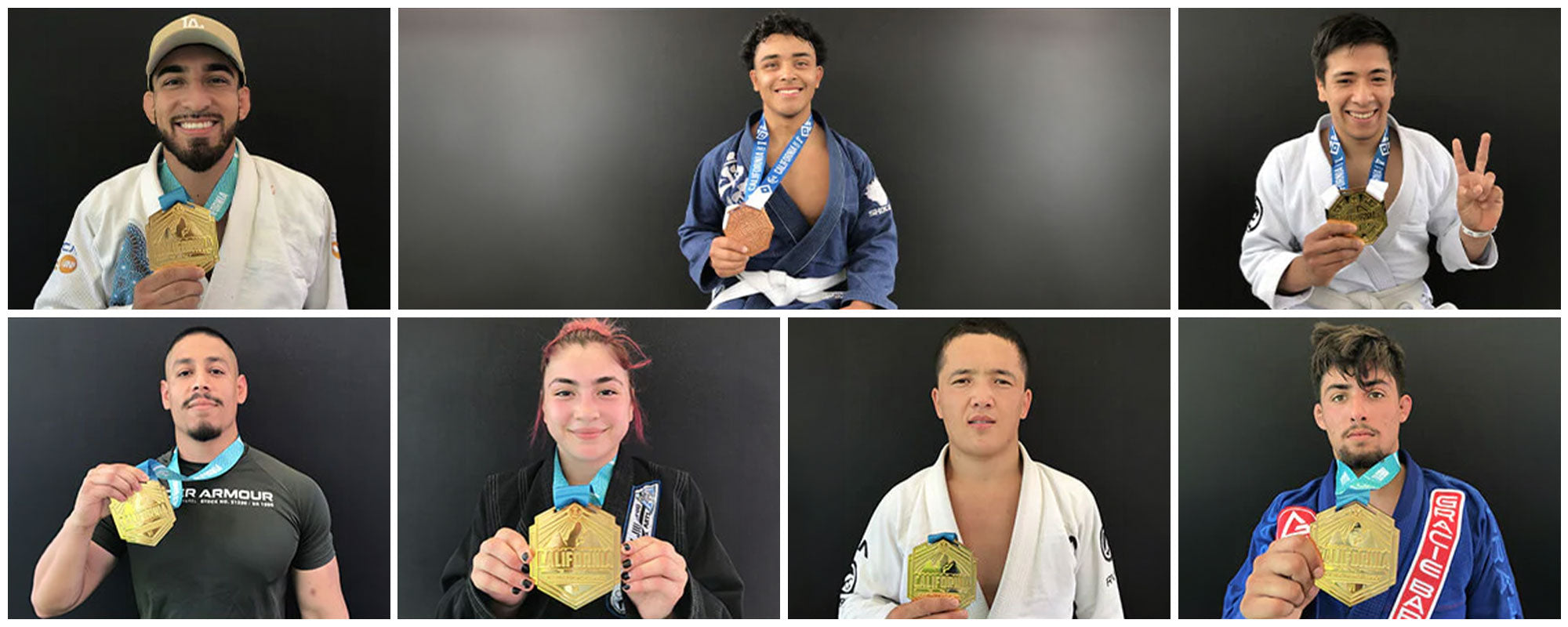Table of content
You've probably been familiar with Pilates. It's a physical fitness program that is practiced all over the world. There are over 11 million individuals who participate in Pilates daily, and the United States is home to 14,000 Pilates teachers.
Pilates has been proven to improve balance and assist muscle conditioning in healthy adults.
1. How could Pilates assist in BJJ Training?
Pilates can help you develop on the mat and reduce the time required to recover between training sessions. It may increase the strength of areas you typically don't employ in Jiu-Jitsu. It may raise your body awareness, balance, concentration, harmony, precision, control, and help to improve posture for Jiu Jitsu.
2. Joseph Pilates Developed the Exercise System
Joseph Pilates founded and developed the exercise program on the principles of Contrology, now called Pilates. He was a practitioner of numerous physical pursuits like bodybuilding, gymnastics, yoga, boxing, and jiu-Jitsu. In addition, with his education and an interest in studying the movement of animals, he found his career focused on the mechanics of the human body.
3. The Fundamental Principle of Pilates
BJJ is an incredible sport that blends physical and mental power into a more controlled and organized state. You will be skilled with your moves and develop strategies to improve your position to dominate your opponent.
It's impossible not to observe the connections in the training of the moves in Pilates and Jiu-jitsu. Our bodies are used to build structures and physical and mental power allows us to create dynamics and coordinated actions.
These are parallels to the basic concepts of Pilates that are aligned with training guidelines for studying BJJ.
- Awareness
- Balance
- Breathe
- Concentration
- Centre
- Control
- Efficiency
- Flow
- Harmony
- Precision
By following the Pilates of BJJ, flow and precision are the main principles that stick out to me in my pursuits in physical fitness.
Pilates can improve coordination, strength, speed, agility, and endurance, all of which are valuable for any sport, especially those involved in combat and martial arts sports.
In Jiu-Jitsu, typically we move flexion of the spine, hamstrings, hip flexors, and generally all the major joints of the body. Focusing on stretching these muscles in Pilates will help us to master these movements, restoring muscle balance and improving posture.
4. Pilates Mat Class
The Pilate Mat is a series of exercises on a mat specifically designed to build the muscles of the core body, which provide support to the spine, increase your body's flexibility, and improve stability and endurance.
It is a fact that Pilates is a part of the comprehensive training regimens of professional dancers, athletes, and skaters. Because all the above-mentioned professions require utmost control over the body movements and coordination between mind and body. Jiu-Jitsu is all about taking full control over the possible movements and actions of the body and predicting the next move of the opponent. This type of hyperactive attention and precise execution is not possible without Pilates classes. If done correctly, the Pilates Mat exercises will develop the required strengths in the mind and body, as well as energize the mind and lift the spirit.
The elements of Pilates are similar to those found and aspired in BJJ including control, precision, calmness under stress, Symmetry of mind and actions, concentration, and flow.
The Pilates Mat is believed to be part of an overall system known as Contrology, designed by the late Joseph H Pilates (1883-1968).
5. How Can the WNY MMA Community Gain from Pilates?
In the past year, Pilates was introduced to the WNY MMA community with an excellent goal. It is not just an effective system of exercise that anyone from all backgrounds can use, but there is a high chance to bring the advantages of Pilates into the realm of MMA. This aspired and effective set of exercises has already gained popularity in recent years as increasing numbers of higher-level fighters adopt Pilates as part of their training routine.
6. Some Benefits of Pilates
Here are a few Pilates benefits that are crucial for your style, regardless of whether you're training to be a BJJ fighter or mixed martial artist.
-
Balancing: How well controlled do you believe your balance is? You'll work on improving your balance if it's not more than 20 seconds. Do you struggle to stand in a straight line, wear shoes and socks, and not fall? If so, consider this another indication that your balance requires some improvements.
In everyday situations and especially during MMA fights, balance plays a crucial role in the execution of jabs and taking the blows of the opponent. Pilates exercises are excellent for improving and maintaining your balance. In a typical Pilates class, you'll be required to sit on one leg, bend the torso, and then turn the spine over the other side without falling over - the perfect exercise in the balance! - Core training with an extremely strong and solid foundation offers many benefits to the fighters. Strong cores mean greater agility, speed, and improved reflexes, it can help you return to your feet quicker. In a fight taking a blow is not considered fatal but standing up and recovering from the state in a matter of seconds is what makes you a great fighter. This is exactly what Pilates exercise offers. Reduced muscle imbalances No one is perfect, but when your survival is dependent on the physical strength of your body, there is no place for any sort of imbalance, either in posture or in the muscle. Some imbalances may enhance performance in certain sports, such as right-handed boxers must have a dominant side to achieve success.
- Any sort of imbalance can hinder the body's normal function, altering movements and patterns of the locomotive (walking, running, and skipping), limiting the normal range of motion of joints, and eventually resulting in discomfort. Pilates helps with all the imbalances that cause pain because every movement is designed to restore balance to the body. But between the fight, if one fighter loses balance, the opponent will definitely run him over. This is the reason all the fighters love to exercise Pilates to achieve maximum balance and concentration.
-
Flexibility If you're not naturally flexible, you've likely found out how difficult it is to perform certain postures and resist the opponent’s grip. . A good level of flexibility can give you more range of motion, reducing muscle imbalances and protecting you from injuries resulting from MMA fights and even training.
Flexibility leads to improved endurance and explosive power, the ability to move with incredible speed, superior endurance, and rapid recovery.
7. What Is the Reason That Fighters Are Understanding the Value of Pilates?
Pilates workout's primary goal is CORE. Our core is made up of abdominal muscles back muscles, pelvic floor, and glutes.
Every movement you perform during Martial Arts begins in your core, where the bulk of your muscle activation originates.
Therefore, the weaker you are in your body posture or on the foot position, the less force you will be able to generate with your foot or fist.
In addition, if your middle section has weakened while grappling, the opponent will gain an advantage. This is the reason that top-level fighters are now taking up Pilates to strengthen their core muscles, particularly those muscles that stabilize the body.
Pilates is a mix of balance and strength-giving activities. Therefore, if you're weak in one part, it will be apparent that you're out of balance in the arena. In the ring, your opponent will be focused on finding your weak spots and it is very unlikely to keep them hidden after the first or two rounds of intense fight. So, this is the main reason why most MMA and BJJ fighters are incorporating Pilates into their exercise routine.
8. Types of Pilates
8.1. Pilates
Classical Pilates -- The origin of Pilates. This method was created by Joseph Pilates in his initial years. Classical Pilates is where only Mr. Pilates' exercises are performed and are in a particular sequence. This sequence consists of reformer and mat exercises.
Contemporary Pilates is still built on the principles of Joseph Pilates but features modifications due to biomechanics and physical therapy research.
Mat Pilates is a basic but effective form of Pilates that utilizes mats and sometimes weighted balls as well as the Pilates Ring, or resistance band.
Group Reformer Pilates is one of the most well-known types of Pilates. It utilizes a reformer, an elongated bed with an open platform that is moved between two places and linked by a set of springs.
9. The Greatest Thing About It?
During your Pilates journey, you'll adjust your posture so that routine grappling and hitting can cause no damage. If you already have excellent posture and a strong core, your body may be less likely to sustain injuries and fractures. A healthy posture means elongated physical endurance and sustainability.
10. FAQs
10.1. Can Pilates Cause Damage?
Like other types of workouts that involve the whole body, it is possible to injure yourself while doing Pilates. The most frequent complaints are lower back or neck discomfort. It is most likely due to incorrect form or excessive exercise. The most frequent Pilates injuries are ligament strains, muscle, or damage to the spinal disc.
10.2. Is Pilates Safe to Do Every Day?
Through various exercises, making sure not to overload any part of the body in one session, Pilates provides a safe routine of regular exercise.
Photo Credit: @premieracademy











Leave a comment
This site is protected by hCaptcha and the hCaptcha Privacy Policy and Terms of Service apply.